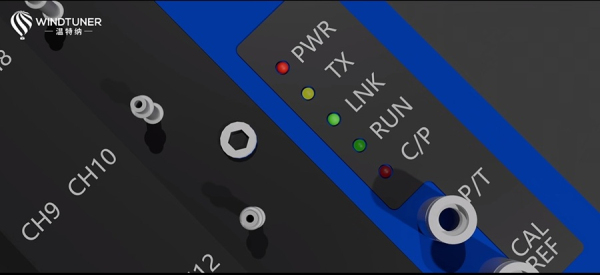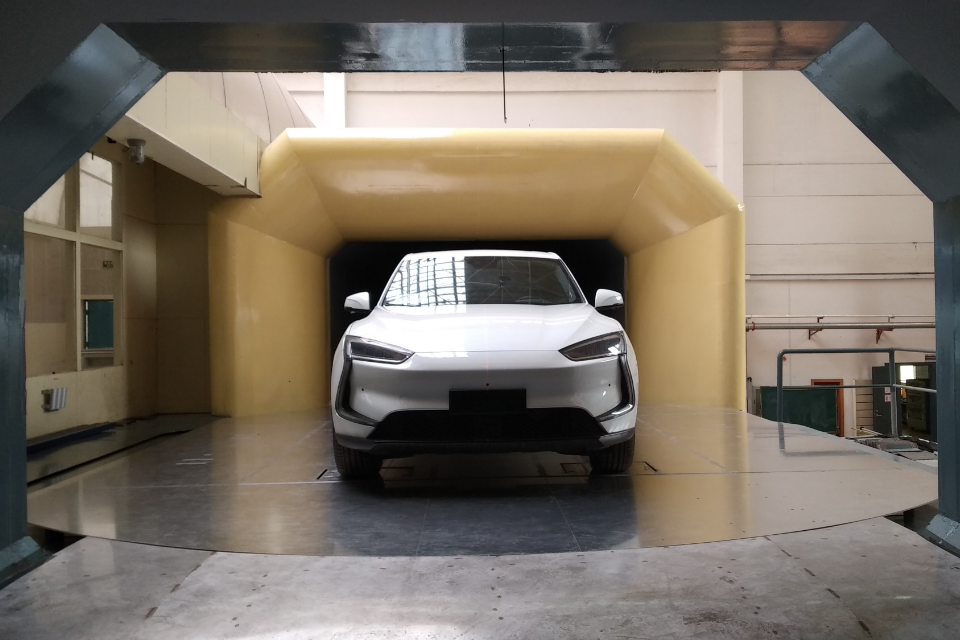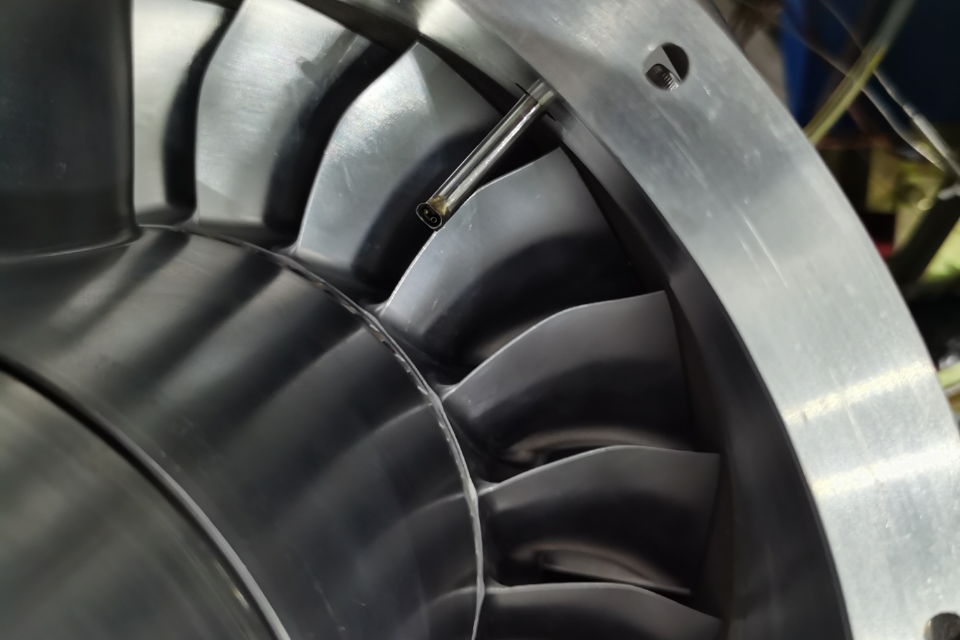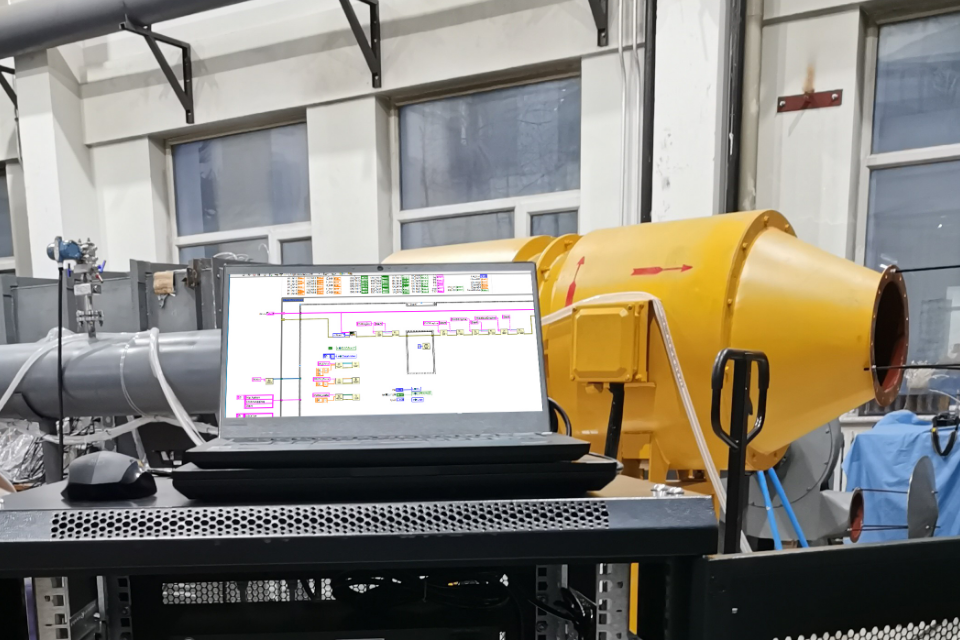Technology accumulation and research and development capabilities: Reliable manufacturers usually have years of research and development in flow field measurement, sensor design, data acquisition systems, etc., and can continuously launch high-performance products. For example, professional performance in accuracy, response speed, and high temperature and pressure resistance.
Strict control system: High-quality Pressure Scanners need to undergo multiple testing and calibration, including full-range calibration, zero drift test and temperature compensation experiment. Reliable manufacturers usually pass ISO/IEC 17025 and other internationally recognized testing and calibration laboratory capability certifications to ensure the consistency and stability of product performance. For example, Windtuner Technology also has the first domestic private calibration wind tunnel laboratory certified by CNAS, and performs factory calibration for each Pressure Scanners, equipped with a calibration certificate.
Perfect after-sales service: Pressure Scanners is a high-precision test equipment, and users will inevitably encounter problems in calibration, maintenance or system integration during use. Reliable manufacturers are usually equipped with a professional technical support team, which can provide services such as remote diagnosis, on-site guidance and regular training.
Cases and word-of-mouth support: Excellent manufacturers often have a large number of successful cases in the fields of automobile, energy, etc., and their customer groups include scientific research institutions, well-known universities, and large industrial enterprises. These practical applications not only prove the reliability of the product, but also provide a reference for new customers.
Among these manufacturers, Windtuner technology has advantages in all aspects, and occupies a large market share in China. In addition to 16 pressure measurement channels, WindtunerPressure Scanners is also equipped with atmospheric temperature and atmospheric pressure sensors to help customers measure temperature and pressure data more accurately during the experiment. Customers with needs in this area can pay more attention to WindtunerEthernet Intelligent Pressure Scanners.

Application of Pressure Scanners:
1. Wind tunnel test
Wind tunnel test is one of the core links in aircraft design and verification. The aerodynamics of aircraft or vehicle in actual flight are extremely complex, and it is difficult to completely cover them only by theoretical calculation and numerical simulation. At this time, the wind tunnel experiment can provide the most direct and reliable data by combining the scaled model with the real airflow.
The biggest advantage of Pressure Scanners in wind tunnel tests is multi-point synchronous pressure measurement. Researchers usually arrange hundreds or even thousands of measurement points on the wing, fuselage, tail and inlet to obtain static pressure, dynamic pressure and total pressure distribution. Through the high-precision acquisition of Pressure Scanners, a complete flow field pressure distribution map can be quickly drawn. These data are not only used to verify the aerodynamic calculation results, but also directly guide the shape optimization of the aircraft, improve the lift-drag ratio, energy consumption, and enhance flight stability.
2. Engine and gas turbine testing
Engines and gas turbines are thermomechanical equipment with high precision and complexity, and their work is often accompanied by high temperature, high pressure and high-speed flow. In the compressor blades, combustion chambers and turbines, aerodynamic parameters directly determine the efficiency, thrust and reliability of the engine.
Pressure Scanners enables multi-point real-time monitoring on the engine test bench. For example, multiple pressure measuring points are arranged in the combustion chamber to accurately evaluate combustion stability; The placement of measurement points in different stages of the compressor and turbine can help researchers understand the gas flow distribution and energy conversion efficiency. With this data, designers can optimize blade geometry, improve combustion efficiency, and even extend engine life.
In addition, with the development of new fuels and green technologies, gas turbine testing puts forward higher requirements for the real-time and accuracy of data acquisition. The intelligence and high-speed sampling characteristics of Pressure Scanners just fit this trend.
















